How to make a comfortable and inexpensive mattress with your own hands?
Content:
Long gone are the days when people slept on mattresses and straw bedding. Today, a comfortable high-quality mattress has become an indispensable attribute of every bedroom. Trying to satisfy growing consumer demands, textile workers develop new models and improve old ones, so the question is less and less how to make a mattress with your own hands. If there are no products of suitable sizes or the right color for sale, there is no desire to lay out a significant amount for arranging a berth or you just want to get an exclusive model, you can make a mattress yourself. To do this, you just need to purchase the necessary material and study the recommendations of specialists.
What foam rubber is suitable for a mattress
The most common filler for a homemade mattress is polyurethane foam (PUF), better known under the name "foam". There are many varieties of this synthetic material. All of them have different stiffness, density, elasticity and are used in different areas of production depending on properties and characteristics.
Foam for sleeping accessories must satisfy two conditions: firstly, be soft and elastic, and secondly - quickly restore shape after loading. The main indicator by which it is possible to evaluate the quality of PUFs is density. It ranges from 25 to 40 kg / m³ and is marked with two Latin letters when marking, followed by numbers corresponding to the stiffness index.
For the manufacture of mattresses, it is recommended to use foam rubber of the following brands:
- ST - standard, has a density of 25 kg / m³ or more, is used in children's products.
- EL - increased rigidity, withstands loads of up to 100 kg. Inexpensive foam rubber of the EL2240 brand will last no more than 5 years. More durable and wear-resistant is considered filler marked EL2842. Products made from such material can serve more than 10 years.
- HR and VE - highly elastic foam rubber used for the manufacture of luxury furniture. It is this brand that experts recommend for the manufacture of bedding. Products made of latex polyurethane foam support the body in the right position, have good breathability, sufficient softness and elasticity.
Before choosing foam for a mattress, you need to check the labeling of the filler and make sure that its characteristics comply with the standards.
How to make a foam mattress
Getting started, it is necessary to precisely decide for what needs the finished product will be used. If you need a stationary mattress for permanent use, in addition to polyurethane foam, you also have to stock up on a spring block. In the case when you need a light portable model for guests or for a summer residence, you can do with only one foam rubber.
Materials and Tools
To make a foam mattress, you need to prepare the following tools and materials.
- Tight PPU - necessary for the device frame, inside which the filler will be placed. Such a design will allow the product to better maintain its shape, increase wear resistance and service life.
- Foam labeled EL, HR or VE - used as a filler. The inner part of the box is filled with pure foam rubber or combined with layers of coconut coir, stratofiber or other materials to improve the orthopedic properties of the bed. It is better to purchase solid pieces of foam rubber, the same size as the dimensions of the berth.If this was not possible, then to make a foam mattress with your own hands, you can use separate pieces of filler.
- Glue - Will be needed for gluing the box and connecting the layers of filler with each other. To work, you need to purchase a specific adhesive composition, designed specifically for bonding foam, for example Sefox. It is completely safe for health, does not exude unpleasant odors, firmly connects surfaces. For uniform spraying, it is better to use a special gun.
- Fabric for sewing a cover - dense natural fabrics should be preferred. Flax, calico, cotton with viscose are perfect for making a cover.
In addition, you will need tools: tape measure or tape, scissors and a sharp knife to cut the filler, a sewing machine for making the case.
Execution technology
All materials and tools are prepared, you can start work. Step-by-step instructions for making a homemade mattress, which is recommended by purityis.decorexpro.com/en/, will help to cope with this difficult task.
- First of all, you need to carefully measure the berth and determine the dimensions of the future product.
- At the next stage, the frame is assembled. So that the filler does not move to the side and the product keeps its shape well, make a box of dense foam from 5 to 10 cm thick. For this, the bars cut in accordance with the dimensions of the future mattress are laid on a flat surface in the form of a rectangle and glued with a special adhesive composition, spraying him at the docking places.
- Now you can start laying the filler. If you managed to get a whole sheet of foam rubber with a thickness of 10-15 cm, it remains only to cut a piece and place it in a previously made frame.
- In the event that it is decided to combine different fillers, the task is a bit more complicated. To prevent the mattress from spreading to the sides and securely holding the body of the sleeping person, the layers must be firmly connected to each other using an adhesive, spraying it on the surface. For a combined product, you can use all possible fillers. For example, you can arrange a berth from layers of polyurethane foam with layers of coconut coir, resulting in an excellent orthopedic mattress of increased rigidity. No less comfortable will be a mattress consisting of two layers of struttofiber and foam rubber between them.
- It is difficult to find thick foam on sale, but thin is common. If you decide to make a mattress with your own hands out of polyurethane foam with a thickness of not more than 5 cm, then you will need to glue the sheets together.
Important!
For the manufacture of a mattress, small scraps of PPU of different sizes should not be taken. The basis of the product should be holistic, and not consist of prefabricated elements.
Sewing a cover
To sew a cover you will need fabric, threads and a sewing machine. After the control measurements of the length and width of the finished frame with filler were made, it is necessary to cut out the details of the cover, not forgetting to leave 3 cm to the seams.
The cover should tightly cover the mattress, providing the product with additional strength and elasticity. Therefore, pulling it on to one person will not be easy and may require outside help. At the end of the work, the open side is sutured or closed with a zipper built in advance.
Important!
For the manufacture of a cover, it is recommended to use only natural fabrics, since they do not cause allergies.
Usually such a cover is never removed, it is part of the product. To keep your homemade mattress clean, it’s best to stitch an extra removable cover or mattress cover.
The finished product is taken out to fresh air to weather unpleasant odors.
If desired, anyone can make a foam mattress on their own at home. You just need to get a piece of high-quality filler and follow the recommendations of specialists.In addition, you can make an orthopedic mattress with a block of independent springs instead of foam, creating your own comfortable and durable berth.
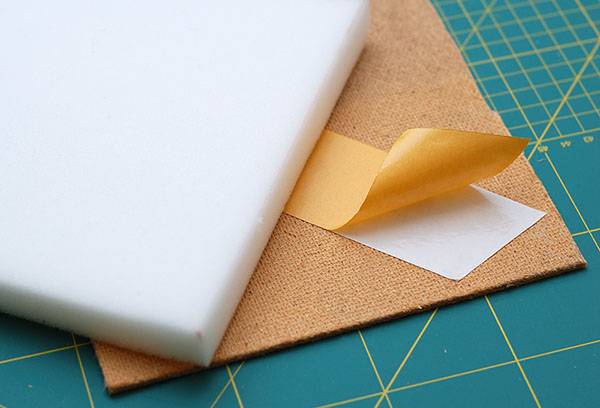
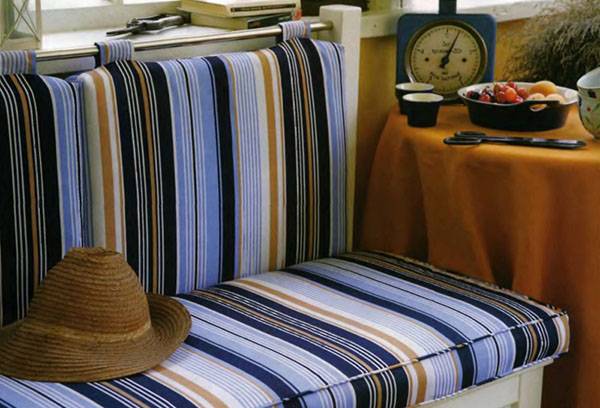
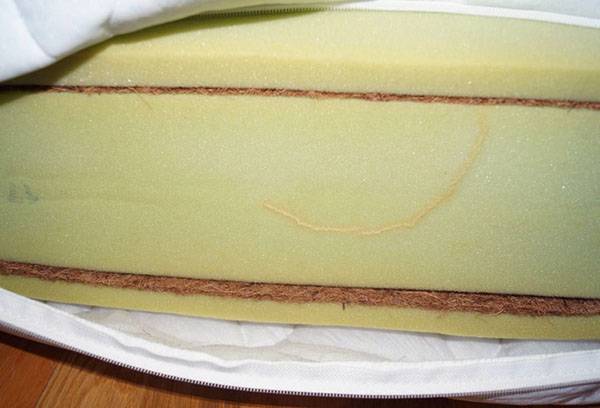
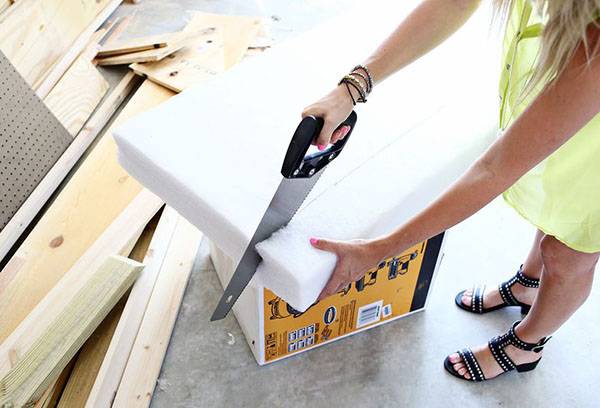
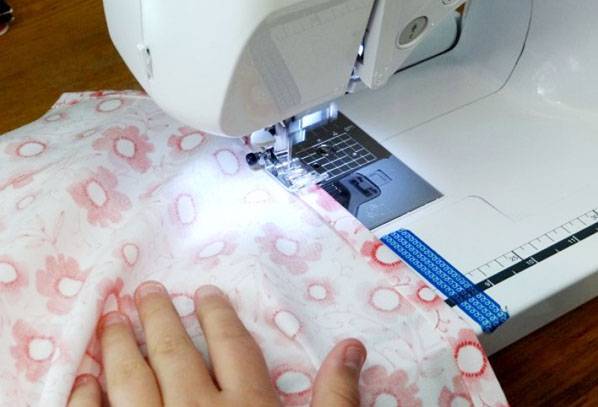
And good night